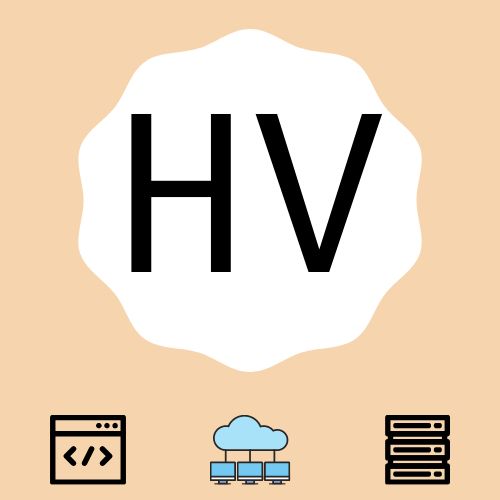756 reads
Build a New Website With Open-Source Headless CMS: Strapi, Payload, and Directus Review
by
August 3rd, 2022
Audio Presented by

A technology enthusiast, more of a generalist you can say. Love to document my learning journey!
About Author
A technology enthusiast, more of a generalist you can say. Love to document my learning journey!